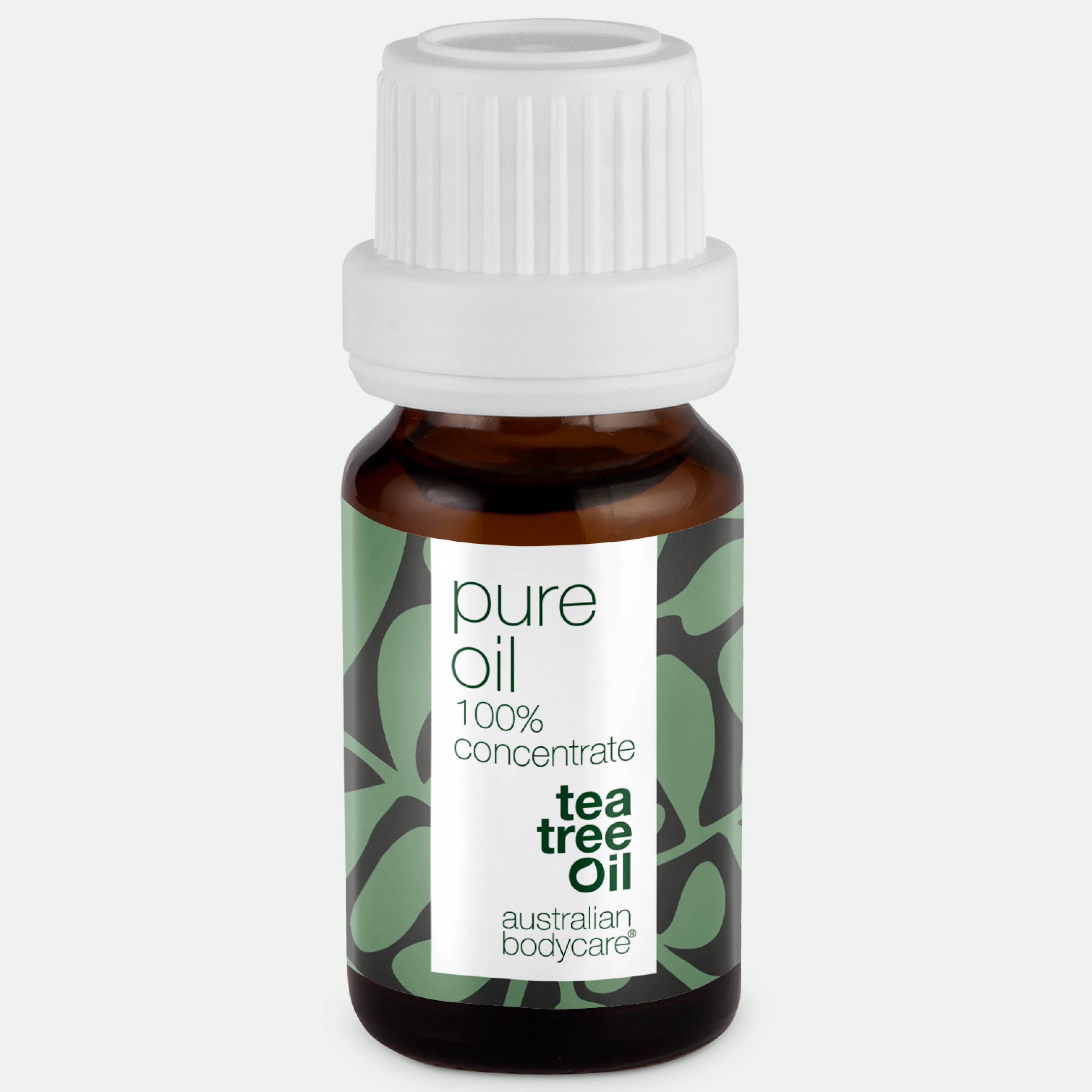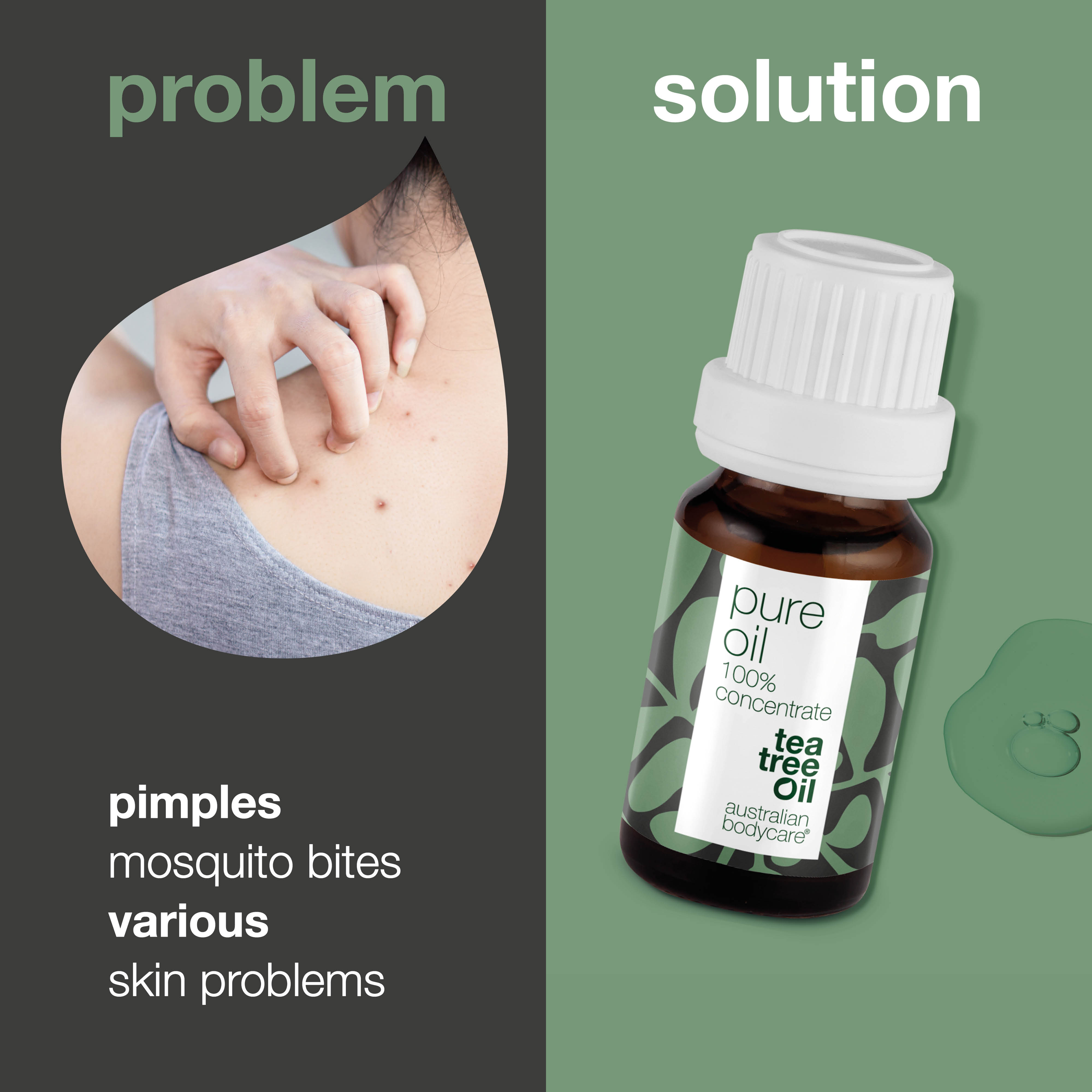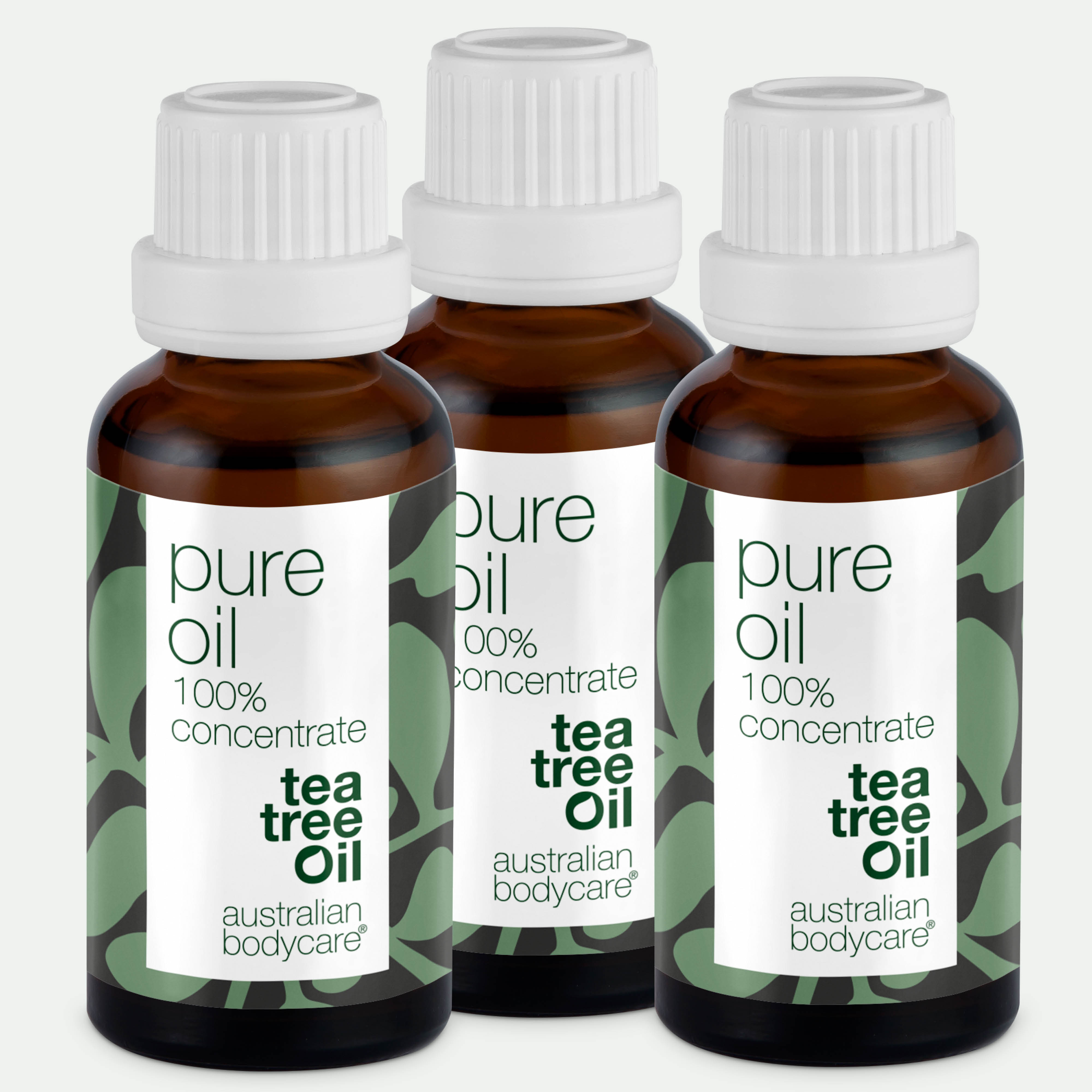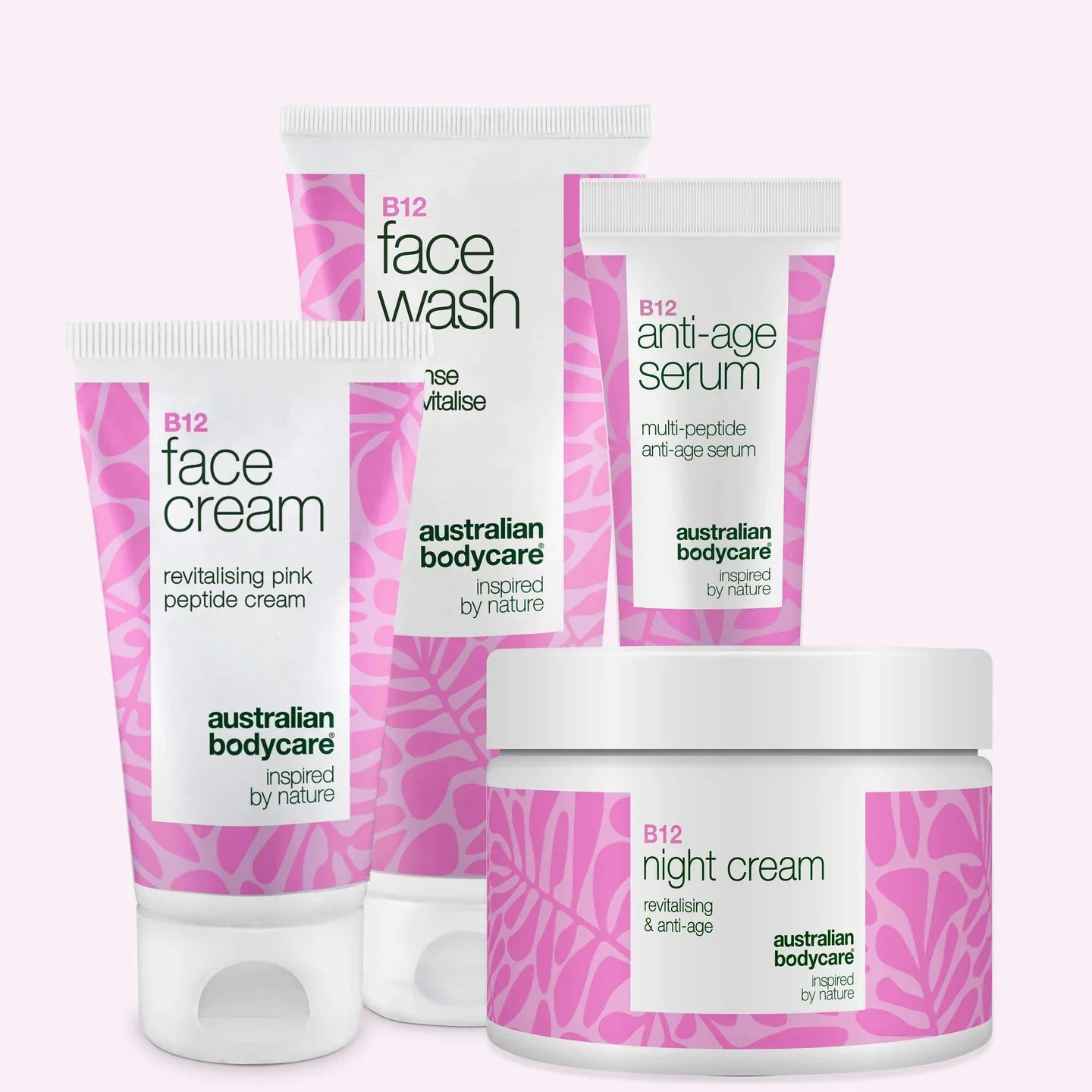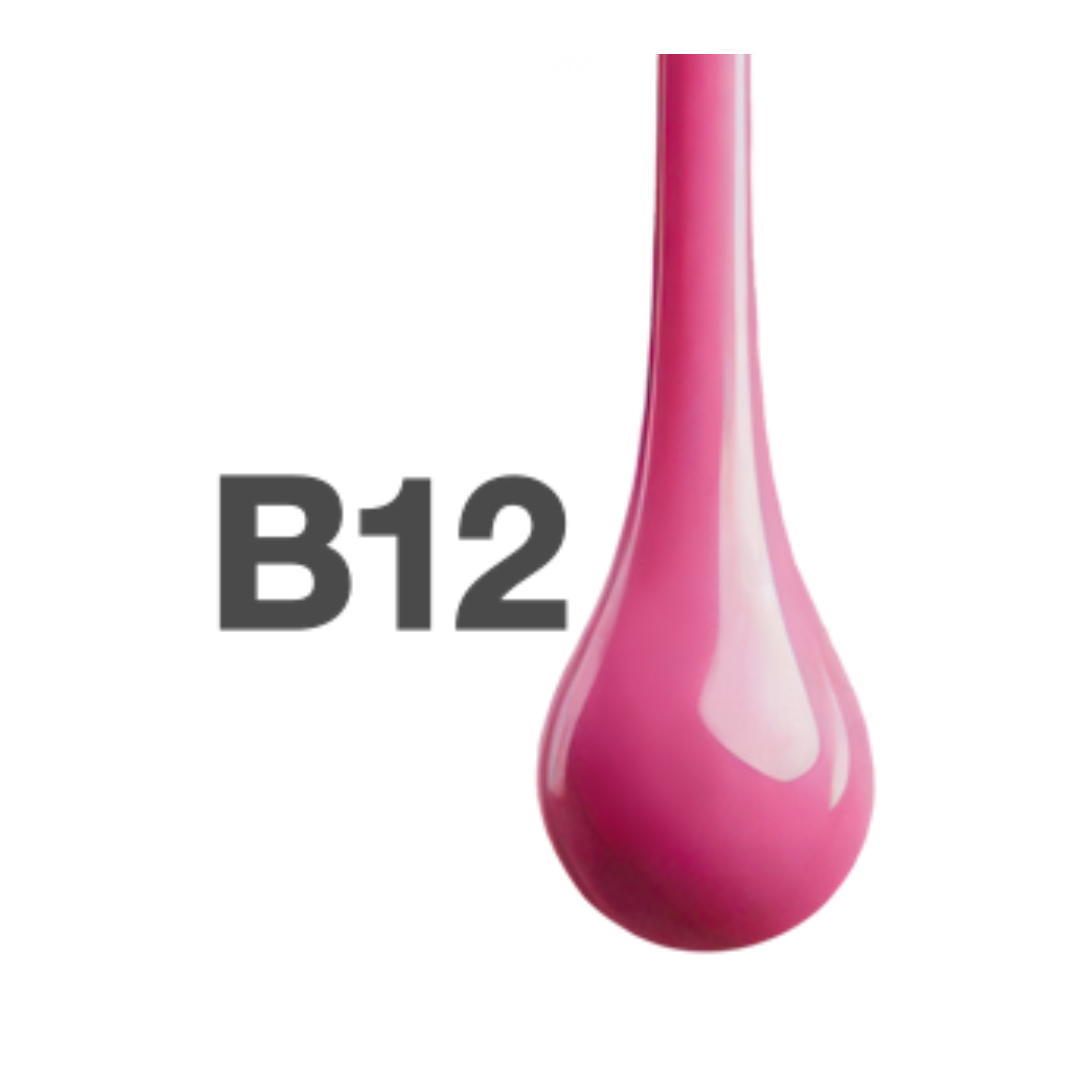How to get rid of moths - 10 tips for dealing with moths in the home
Moths can cause damage to textiles in your home, but many people want to control these pests in a more natural way than using chemicals. A popular natural solution is tea tree oil, an essential oil known for its many uses and properties, or lavender oil.
Using tea tree oil can help fight moths and protect your textiles from damage. In this guide, we will give you 10 tips to fight moths, of which using tea tree oil is one of them. Read on to learn more about how you can fight moths naturally and protect your textiles from damage.
Table of contents
The different types of moths and their characteristics - tips to identify if there are moths in your home
Identifying moths can be crucial for effective moth control. There are several different types of moths, but the most common type is the clothes moth. These moths are small and brown with a wingspan of only 1 cm and lay their eggs on clothing and textiles. In addition, there are also food moths, which lay their eggs in food and can cause contamination of your food.
To identify moths in your home, look for signs of their presence. Check your textiles for small holes or traces of moth larvae. Also keep an eye on food, as food moths can cause contamination of your food. If you notice small flying insects or larvae, it could be a sign of a moth invasion.
By being aware of the signs of moths and their characteristics, you can take steps to combat them and protect your textiles and food from damage and contamination.
1. thoroughly clean your home: Vacuuming and drying surfaces removes moth larvae and eggs
Moths like to lay their eggs on clothing and textiles, but they can also lay their eggs on furniture, floors and other surfaces. Therefore, a thorough cleaning of your home can help fight moths and remove their eggs and larvae. Vacuuming your carpets, furniture and other places where moths may have laid their eggs is an effective way to combat moths. Drying surfaces after vacuuming can also help remove any remaining eggs that may be left behind.
Also, remember to wash your clothes and textiles on a hot cycle to kill any larvae and eggs that may be present. A thorough cleaning of your home can help fight moths and protect your textiles and other items from damage.
2. Use of essential oils
Using natural essential oils, such as tea tree oil, lavender oil or cedarwood, can deter moths from laying eggs and help control existing moths. One way to use tea tree oil is by making a spray. To make a spray, mix 15-20 drops of tea tree oil with 500 ml of water and pour the mixture into a spray bottle. Spray on carpets, curtains, furniture and other areas where you've had problems with moths. Repeat the process weekly until the problem is solved. Always remember to shake the bottle before use to ensure the oil is evenly distributed in the water.
Keep in mind, however, that essential oils are not a complete solution to the moth problem and should only be used as a supplement to other control methods.
Additionally, you should be careful not to apply essential oils directly to your textiles as it can cause stains or damage to the fabric.
3. Store clothes and textiles the correct way
An effective way to protect your textiles from moths is through proper storage. Moths cannot lay their eggs on clothes that are wrapped in sealed bags or containers. Make sure to store your clothes and textiles in sealed bags or containers, especially when not in use for long periods of time.
Remember to avoid storing clothes and textiles in damp areas as this can attract moths and create an ideal environment for moth larvae. Proper storage of your textiles can help prevent moth problems and protect your items from damage.
4. Wash the clothes at high temperatures
Moth larvae can survive in clothing and textiles even after a regular wash. It is therefore important to wash your clothes at high temperatures to kill moth larvae and prevent further infection. Wash your clothes at a minimum of 60 degrees Celsius, as this temperature is high enough to kill moth larvae and eggs.
If you can't wash your clothes at a high temperature, consider using a washing powder with enzymatic properties, which can help kill moth larvae and prevent further infection. Properly washing your clothes can help fight moths and protect your fabrics from damage.
5. Freezing clothes and textiles
If you can't wash your clothes at a high temperature, you might also consider freezing your textiles. Moth larvae cannot survive at temperatures below freezing. Place your clothes or textiles in a sealed bag or container and put them in the freezer for at least 72 hours at -18 degrees celcius. After this, all moth larvae will be killed.
However, keep in mind that freezing clothes and textiles does not remove eggs, so it's still important to wash your textiles at a high temperature if possible. However, freezing clothes and textiles can be an effective solution to moth problems, especially if you have items that cannot be washed at high temperatures.
6. Avoid humidity: Keep your home dry and ventilated, as damp areas attract moths
Moths thrive in humid environments, so it's important to keep your home dry and ventilated to prevent moth problems. Make sure there is good air circulation in your home and avoid storing clothes and textiles in damp areas such as basements or attics. Dry out damp areas immediately and use dehumidifiers if necessary.
Also, remember to avoid hanging wet clothes indoors as they can attract moths and create an ideal environment for moth larvae. By keeping your home dry and ventilated, you can prevent moth problems and protect your textiles from damage.
7. Inspection of your food and waste
Moths can also be found in food and rubbish, so it's important to inspect both food and rubbish regularly for moths and larvae. Check for visible signs of moths or moth larvae on food, and also look for holes or traces of moths in packaging.
Also, store your food in sealed containers or bags to avoid moth infestation. Garbage should be stored in sealed containers and removed from your home regularly to avoid attracting moths. By inspecting your food and rubbish, you can detect moth problems early and prevent them from spreading to other areas of your home.
8. Use a net for insects
Insect netting is an effective way to protect your home from moths and other insects. It can be used on windows and doors to keep moths and other insects away from your home. Insect netting is a simple and inexpensive solution that can be installed quickly and easily.
There are also specialised insect screens that are treated with chemicals that can help deter moths and other insects. These nets can be a good idea if you live in an area with a lot of insects or have had problems with moths in the past.
By using insect nets, you can protect your home from moths and other insects in an easy and effective way.
9. Protect your plants and flowers
Check plants and flowers. Moths can also attack plants and flowers, so it's a good idea to check your plants regularly for any signs of moths and take action if necessary. Try to avoid overwatering your plants as this can attract moths.
10. Use chemicals
Chemical agents, such as insect sprays or mothballs, can be effective against moths, but should only be used as a last resort and with caution.
Chemicals can be effective in controlling moths and other insects, but they should be used with caution and only as a last resort. Insect sprays can be used to kill flying moths and larvae, while mothballs can be placed in your wardrobes to deter moths from laying eggs.
If you want to use more natural means to fight moths, consider using essential oils, such as tea tree oil. You can add a few drops of tea tree oil to your mothballs to deter moths from laying eggs and reduce the odour of moths.
Whichever method you choose to fight moths, it's important to follow the manufacturer's instructions and take the necessary safety precautions to protect your home and family from chemicals.
FAQ
How do I get rid of moths?
There are several effective ways to get rid of moths, including regular cleaning, proper storage of clothes and textiles, use of essential oils and chemical remedies (as a last resort).
Why do I have moths in my house?
Moths can enter your home in a variety of ways, including through open doors and windows, on clothing and textiles that are infested, and even on your pets.
How do you know if you have moths?
Signs of moth infestation include visible moths or moth larvae, holes in clothing and textiles, and an odour of moths in tight areas like closets.
Is vinegar effective against moths?
Yes, vinegar can be used to combat moths in a variety of ways, such as by making a vinegar spray to spray on moth larvae and eggs or by adding vinegar to your laundry cycle.
What is the best way to get rid of moths?
It depends on your preferences and situation. Natural remedies like essential oils and chemical remedies like mothballs can be effective, but you need to consider safety, sustainability and cost.
What types of moths are there?
There are different types of moths, such as clothes moths, food moths, and carpet moths. Each type has its own unique appearance and life cycle.
What do moths look like?
Moths can vary in size and colour depending on the type, but typically have a slender body and wide wings.
Where do moths come from?
Moths can come from a variety of places, including from open doors and windows, on clothing and textiles that are infested, and even on your pets.


